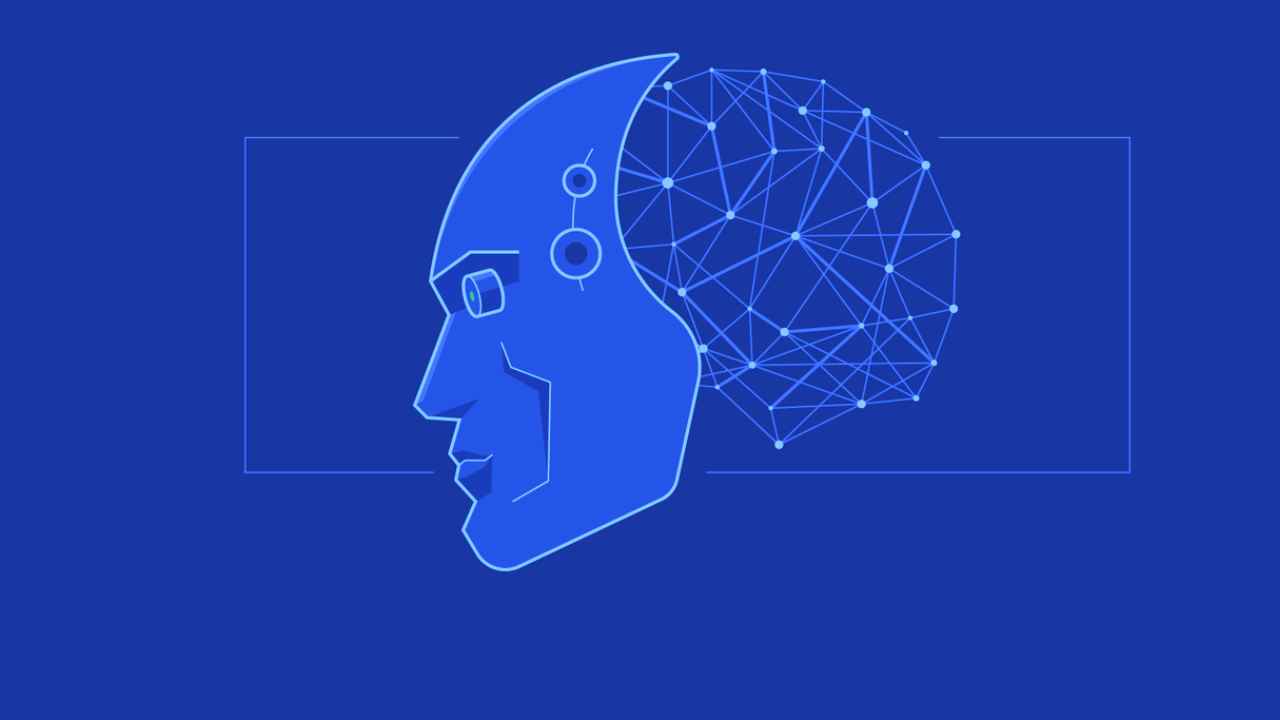Machine Learning (ML) is transforming industries and creating new possibilities across every sector. This beginner's guide will help you understand the fundamentals and get started on your ML journey.
What is Machine Learning?
Machine Learning is a subset of artificial intelligence that enables computers to learn and make decisions from data without being explicitly programmed for every scenario.
Types of Machine Learning
1. Supervised Learning Learning from labeled examples to make predictions on new data. - **Classification**: Predicting categories (spam vs. not spam) - **Regression**: Predicting continuous values (house prices)
2. Unsupervised Learning Finding patterns in data without labeled examples. - **Clustering**: Grouping similar data points - **Association**: Finding relationships between variables
3. Reinforcement Learning Learning through interaction with an environment using rewards and penalties.
Key Concepts
Data The foundation of ML. Quality data is crucial for successful models.
Features Individual measurable properties of observed phenomena.
Algorithms Mathematical procedures that find patterns in data.
Model The output of an algorithm trained on data.
Popular ML Algorithms for Beginners
Linear Regression Predicts continuous values by finding the best line through data points.
Decision Trees Uses a tree-like model of decisions to make predictions.
K-Means Clustering Groups data into k clusters based on similarity.
Naive Bayes Uses probability to make predictions based on feature independence.
Getting Started: Tools and Languages
Python The most popular language for ML with libraries like: - **Scikit-learn**: General-purpose ML library - **Pandas**: Data manipulation - **NumPy**: Numerical computing - **Matplotlib**: Data visualization
R Statistical computing language excellent for data analysis.
Jupyter Notebooks Interactive environment perfect for experimentation and learning.
Your First ML Project Steps
1. **Define the Problem**: What are you trying to predict or discover? 2. **Collect Data**: Gather relevant, quality data 3. **Explore Data**: Understand your data through visualization 4. **Prepare Data**: Clean and format data for algorithms 5. **Choose Algorithm**: Select appropriate ML algorithm 6. **Train Model**: Use data to train your chosen algorithm 7. **Evaluate Performance**: Test how well your model works 8. **Deploy**: Use your model to make real predictions
Common Pitfalls to Avoid
- **Insufficient Data**: More quality data usually means better models
- **Overfitting**: Model performs well on training data but poorly on new data
- **Ignoring Data Quality**: Garbage in, garbage out
- **Choosing Wrong Algorithm**: Different problems need different approaches
Next Steps
Start with simple projects like: - Predicting house prices - Classifying emails as spam - Analyzing customer behavior patterns
Machine learning is a journey of continuous learning. Start small, practice regularly, and gradually tackle more complex problems.
